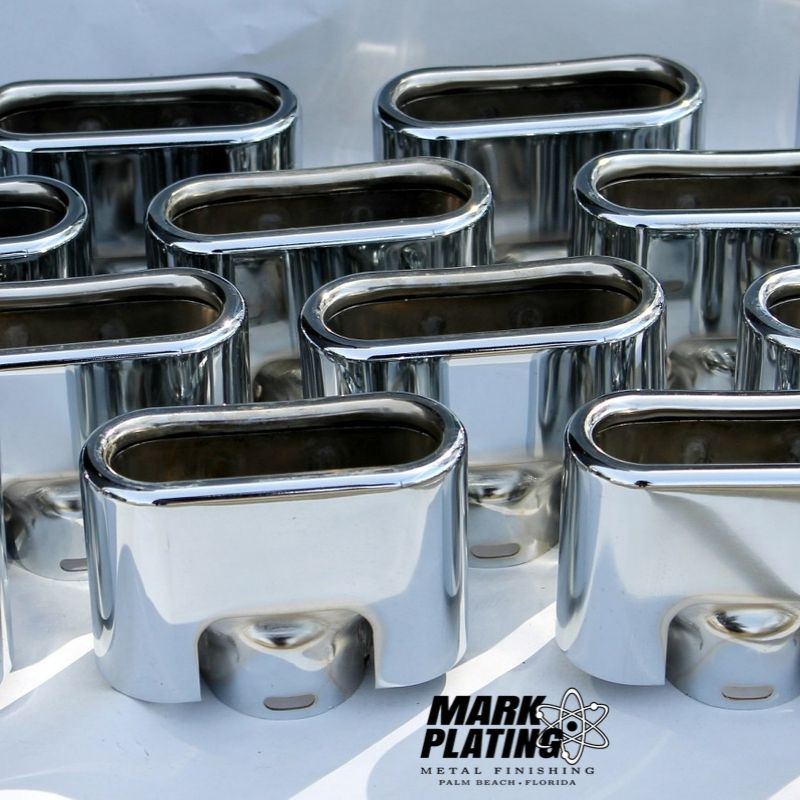Examining the Electro Nickel Plating Process
Metals are commercially important, considering its significance in a wide range of sectors. So, the development of measures to enhance its function and appearance is an intended one. In that sense nickel plating is a surface treatment that involves applying a thin layer of alloy to change the functional and physical properties of an item, such as its durability or performance. It is widely used to improve the value and appeal of a manufactured good, along with its resistance to corrosion or heat. This includes automotive parts, metal furniture, and consumer electronics.
How It Works
To properly transfer nickel to a surface, it is essential that the base material is negatively charged. For this, typically that item is attached to the battery or other power source using a conductive wire in a chamber. After that, nickel rods are also attached to a positive power source using similar methods. Then, that base material is submerged into chemical salt solutions that usually consists of water and chloride salt.
Once the initial steps are finished, the electric current of a solution dissociates chloride salt into negative and positive ions. So, a negatively charged base material attracts that positive cat-ions, while a positively charged rod attracts its negative anions. Through this reaction, the nickel dissolves into a solution and transferred to a base material’s surface.
Individuals can modify customize this process to their specific needs by modifying their composition and operating conditions. This practice also involved changing the current density that affects this process’s deposition rate, along with plating adherence and quality. Therefore, an optimal level depends on material type and specific requirements.
Critical Applications
The most widespread application of this electroplating process is to manufacture bright and durable coins. This demonstrates its durability that will withstand decades of use devoid of any damages to the details from dies. When coins reach its end, it is transferred to a facility for recycling purposes.
Another common use is the automotive industry that is indispensable for performance and appeal. This is in high demand, especially for automotive bolts, fasteners, and other different engine parts. Often times, car industries will combine different plating methods to achieve the desired finish.
Finally, aerospace components demand high standards in safety and reliability. So, nickel plating naturally becomes imperative for this sector, as it offers ideal adhesion, corrosion resistance, and uniform layer of thickness even in irregular surfaces.



Comments
Post a Comment